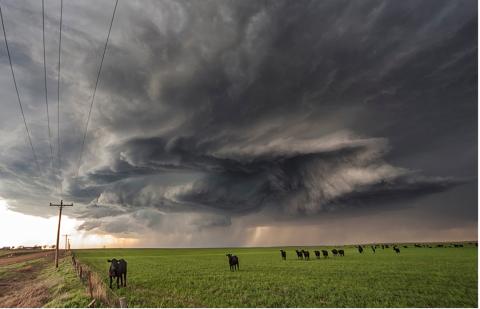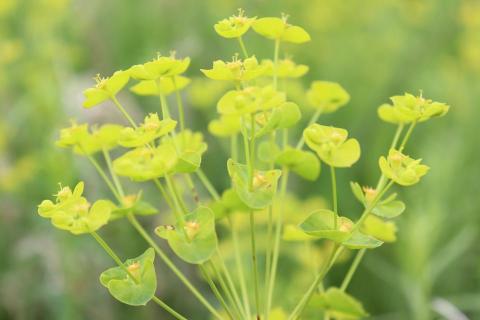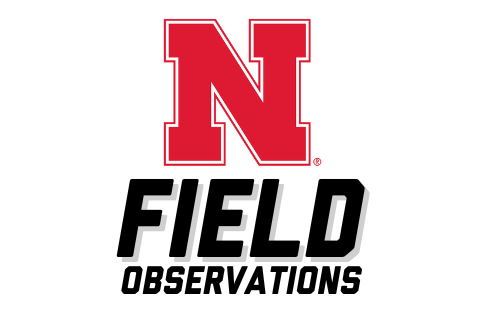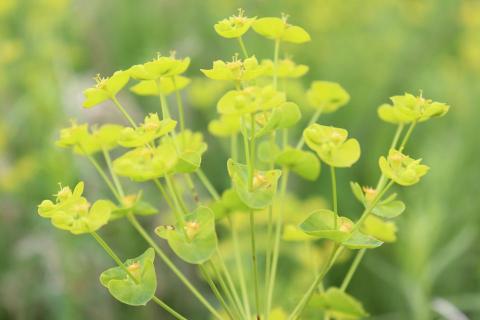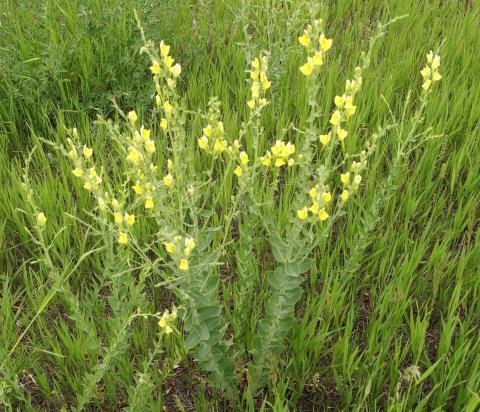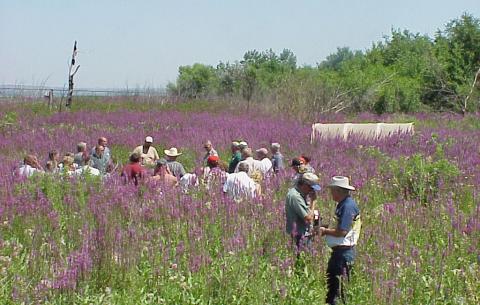Pasture and Forage Minute: Hail Damage to Pasture and Hay, Alfalfa Irrigation After a Wet Spring
June 11, 2024
Extension recommendations on reducing the risk of toxic plant consumption for grazing animals, hail damage recovery for pasture and hay fields, and summer alfalfa irrigation following a wet spring.
Pasture and Forage Minute: Controlling Leafy Spurge and Alfalfa Weevil, Planting Warm-season Annuals
May 28, 2024
Strategies for reducing spread of leafy spurge and scouting for alfalfa weevil, plus insights on selecting and planting warm-season annuals.
Pasture and Forage Minute: Low Hay Stocks, Grazing Shifts, Toxic Pasture Plants
June 13, 2023
With the lowest level of hay stocks since 1974, extension educators stress the importance of taking inventory of feed and hay resources, and to begin planning for next year's needs right now.
This Week on N Field: Leafy Spurge Management
June 1, 2023
Leafy spurge is on the move — Nebraska Extension's Amy Timmerman shares tips on identifying and managing this invasive weed as it spreads to new areas of the state.
Pasture and Forage Minute: Controlling Leafy Spurge, Timing Grass Hay Harvest
June 1, 2022
Extension educators share tips on determining water needs for cattle, options for controlling leafy spurge, and a grass hay harvest timeline.
Combine Clean Out Can Help Reduce Weed Spread
August 25, 2021
With increasing pressure from herbicide-resistant weeds such as kochia and introduced herbicide-resistant weeds such as Palmer amaranth and waterhemp, it is important to reduce spreading of weed seed. Doing a limited cleaning between fields and choosing which fields to harvest first can be an important factor in this endeavor.
Dalmation Toadflax: Prevention Key to Management
June 13, 2018
Dalmatian toadflax is a perennial herb that spreads quickly in disturbed pastures and rangelands. Prevention is the best and cheapest management option; once established, mechanical, biological and chemical measures may help achieve control.
Research Update: Control of Perennial Invasive Weeds Requires Repeated Herbicide Applications
June 4, 2018
Research shows the need for patience and persistence when battling perennial weeds such as purple loosestrife over multiple years. The younger the stand the faster the control was achieved.
